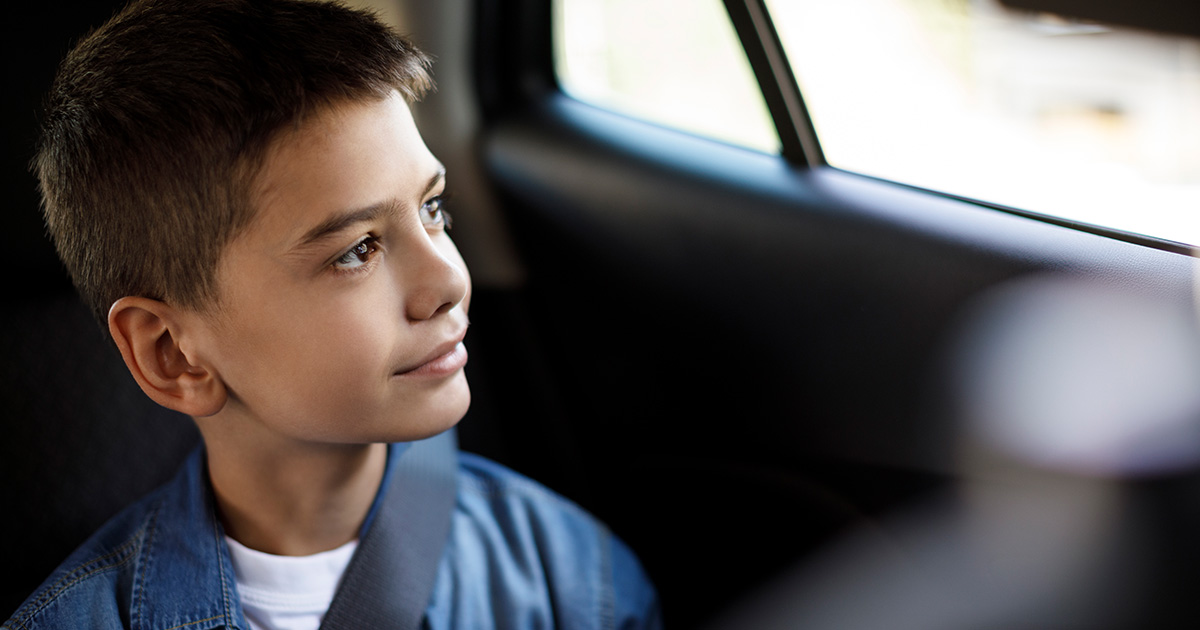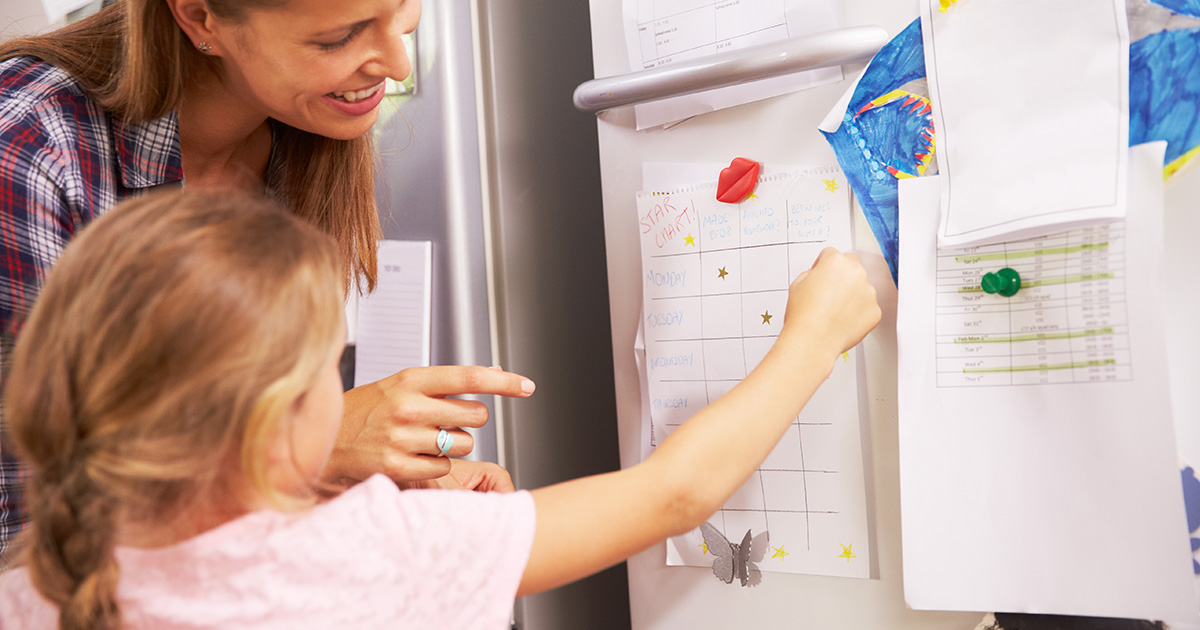2. Gather information about changes at school.
We all feel more comfortable when we know what to expect and how to act in new situations. That’s particularly true for kids with autism and other special needs. For this school year, many rules and routines are changing again – so start with a fact-finding mission.
Talk to your child’s school. What will be different this year? What will stay the same as last year? What’s the plan for your child’s class schedule, and transition times like lunch, recess, and pick-up and drop-off?
Here are four important questions to ask if your child has special needs.
3. Explain changes to your child both verbally and visually.
Images and verbal reminders help your child get used to new ideas.
Maybe this year, your child is returning to full in-person classes. As the start of the school year approaches, show your child a calendar, and explain that they’ll get to go to school five days a week. Count down the days until they start.
4. Create picture stories to teach your child about key situations.
First, think of all of the things that your child needs to know about that situation. Write down “facts” about the situation – both ones that are positive to your child, and ones that may be perceived negatively. For challenging aspects of the situation, write down what your child can do to help themselves. Encourage your child to also add statements to the story.
Here is a story about recess: When it’s time for recess, I will go outside to the playground with my class. I can choose to go on the swings, go down the slide, or play with a ball. The playground might be noisy. This is okay. The playground is noisy because kids are having fun. I may hear noises that hurt my ears. I can put on headphones so that the noises are more quiet and they don’t hurt my ears. I can also ask the teacher to move away from the loud noises.
Add pictures to the story, like a photo of your child at the school playground, and one wearing headphones. As the first day of school approaches, review the story regularly with your child.
> Related: Autism and Anxiety: How to Support Kids on the Spectrum
5. When possible, practice school routines at home.
This may take some imagination.
For example, if your child will be eating lunch at school this year, think about what they could start getting used to now, while they’re still on summer vacation – like having a packed lunch.
Invite your child to help prepare their lunch the night before, and put up a picture at home to remind them to put their lunch bag into their backpack each morning. When it’s time to eat, have them practice getting their lunch bag to eat, then repacking the empty containers and putting it all back into their backpack when they’re done.
6. Establish helpful home routines, too.
Having a predictable routine at home can set your child up for success at school. To get started, check out our 10 steps to a better morning.
Add extra support for kids with special needs by incorporating pictures, visual calendars, visual timers and social stories. Establish a system to record and celebrate successes.
For example, if your child’s goal is to pack their backpack every night before bed: Post pictures of the things that need to go into your child’s backpack. Encourage them to cross out or remove each item as it is put into the backpack. Create a wall chart with a picture of a backpack on it, and have your child add a sticker every time they complete the entire task.
Decide in advance how many stickers earn a reward, like choosing a favorite snack or getting to play with a special toy.


